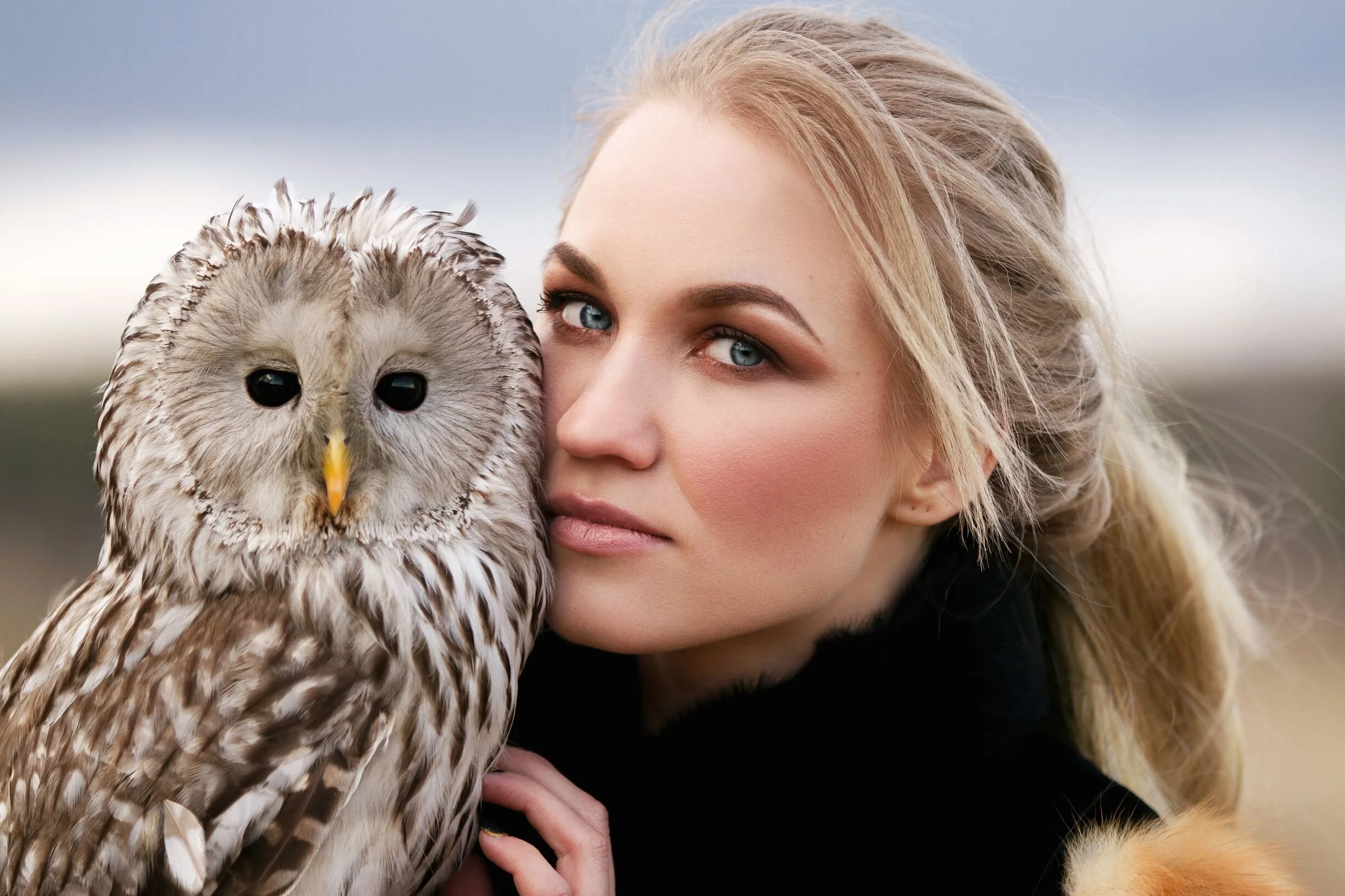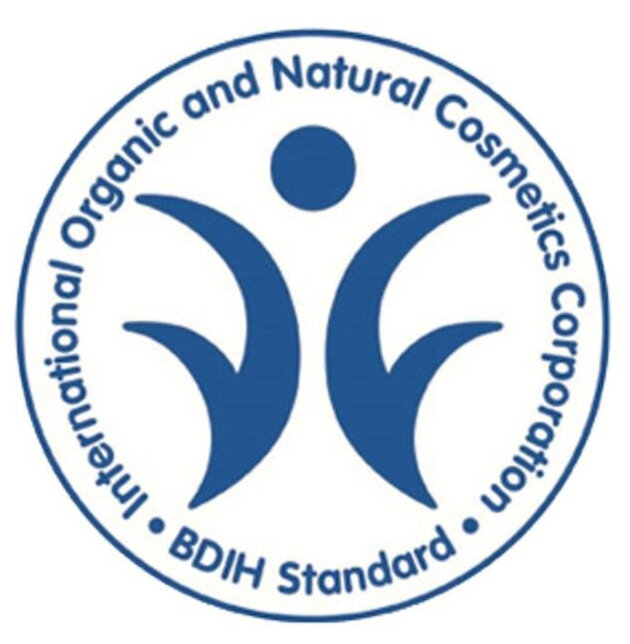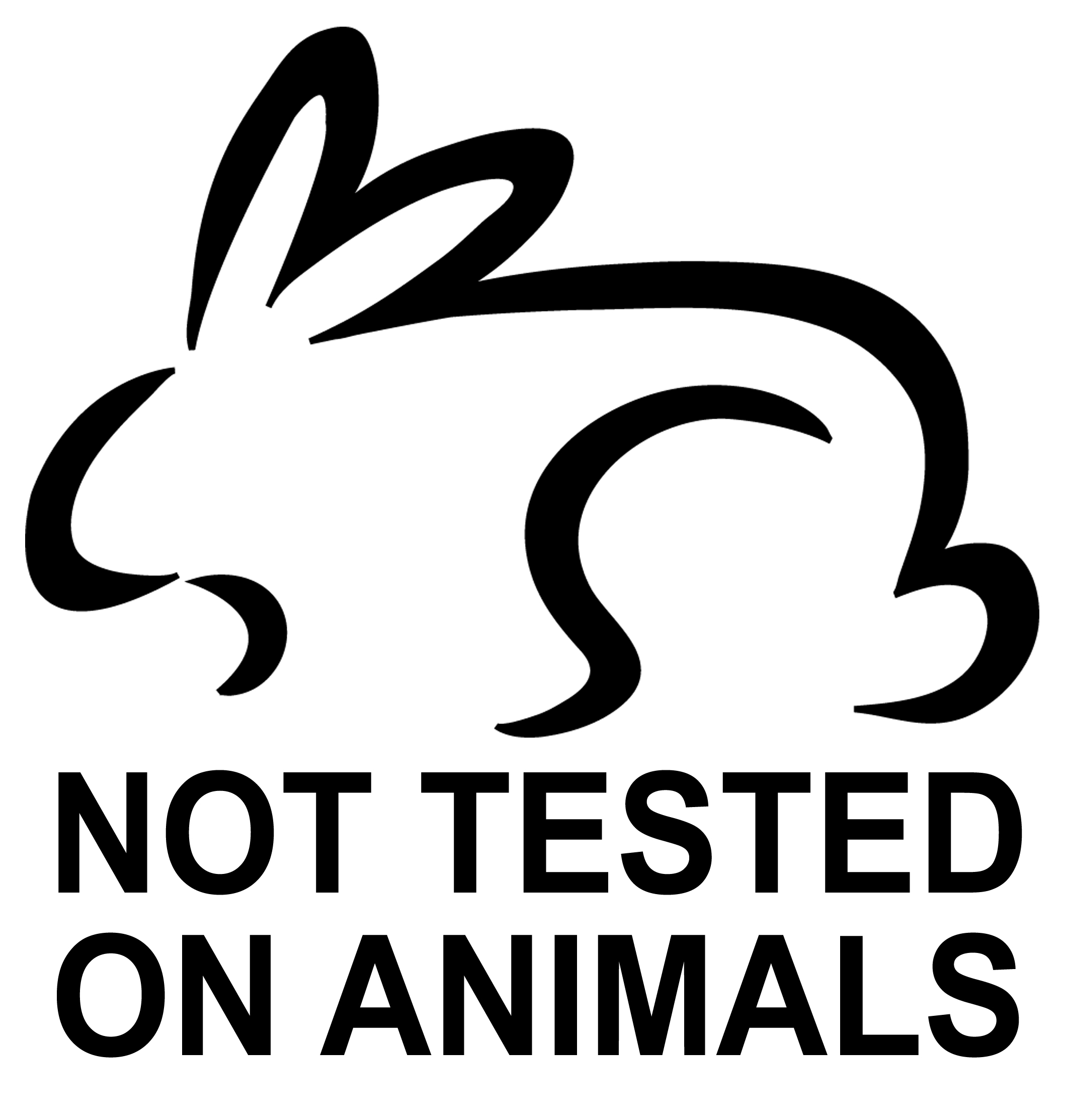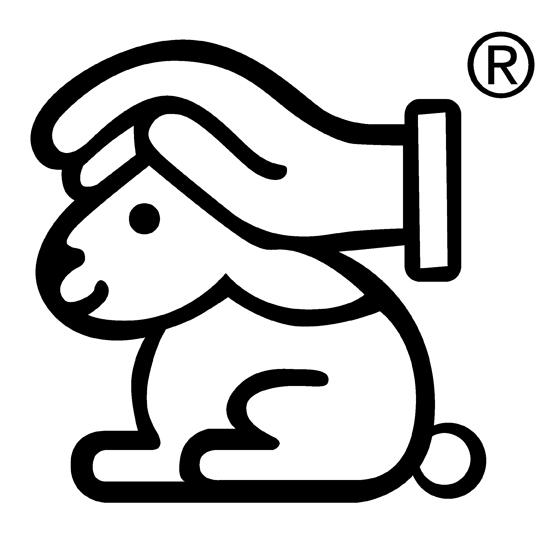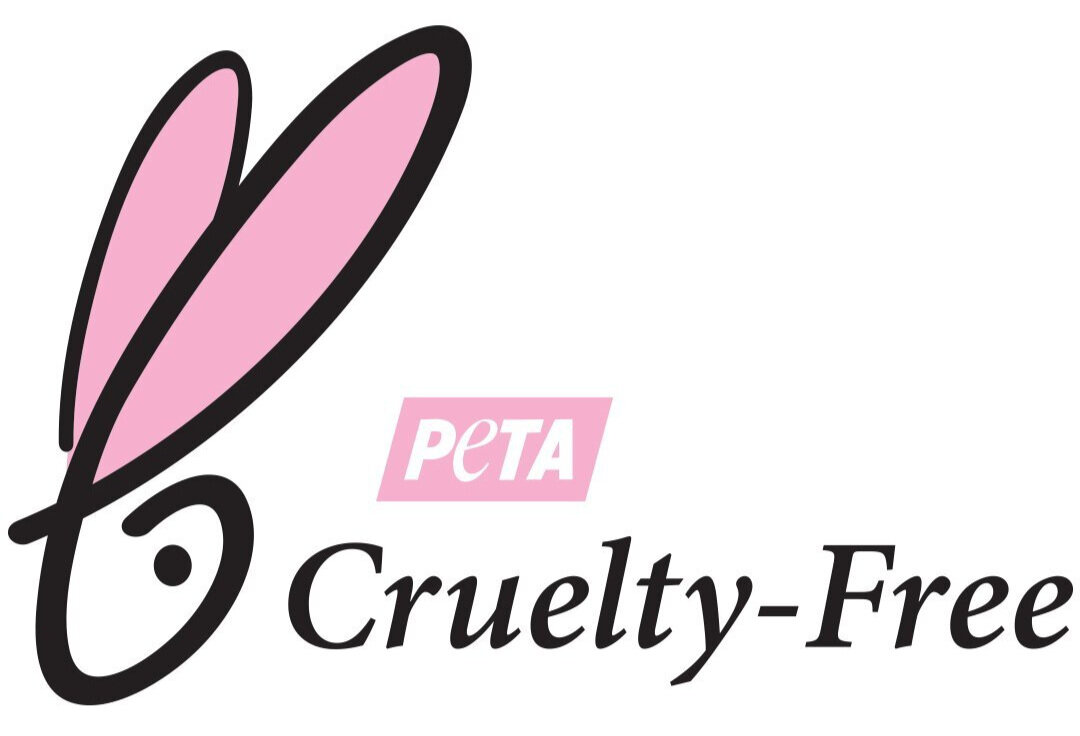February 2020
For at least 6,000 years, cosmetics have helped us achieve a beautiful, healthy appearance, express our personalities, and create art. The concept of using cosmetics can be seen in almost every society on earth.
The downside to this pleasure: Before today’s cosmetics are approved for sale, they must be tested on animals.
However, there is movement in this industry. In this manual entry, we compiled many tips and tricks to ensure cosmetics consumption without harming animals.
WHAT MEANS ‘TESTED ON ANIMALS’?
The cosmetics ingredients are tested with the help of animal experiments for their compatibility and reactions in the body.
Cosmetics tested on animals mean that methods have been used that require dogs, cats, rabbits, mice, or rodents to have substances (e.g., the ingredients to be used in the cosmetics) poked into their eyes, forced down their throats, or rubbed into open wounds.
‘CRUELTY-FREE’ COSMETICS - NOT TESTED ON ANIMALS
To avoid cosmetics that have been tested on animals, opt for brands and products that are certified cruelty-free.
Cruelty-free labelled cosmetics have not been tested on animals.
Cruelty-free cosmetics are labelled with at least one of the logos shown below. Any other symbol or logo (with a bunny) is unofficial and has not been accredited by a reputable cruelty-free organisation.
VEGAN COSMETICS - WITHOUT INGREDIENTS OF ANIMAL ORIGIN
However, although a product is certified as cruelty-free, it does not necessarily need to be vegan. This means that the cosmetics are not tested on animals but contain ingredients of animal origin, such as honey and lanolin.
Only products that display “vegan” on the packaging are cruelty-free and free from ingredients of animal origin.
A product is vegan-certified if it has the Vegan Flower logo of vegansociety.com displayed on the packaging or the label from the European Vegetarian Union, v-label.eu.
NO LOGO, NO CERTIFICATE
No logo? You might be surprised to know that some companies listed by PETA as cruelty-free do not display the logo on their packaging! Also, companies that theoretically would match the requirements of one of the other certification bodies might not be certified. Companies must pay an extra fee to display the cruelty-free symbol on their products.
CRUELTY-FREE COSMETIC brands
A wide range of cruelty-free cosmetics brands and manufacturers is already available. Many of these products are produced by ‘niche’ beauty companies that solely produce and sell cruelty-free cosmetics.
Check if your favourite cosmetic brand is listed in one of the cruelty-free databases: CrueltyfreeInternational.org, crueltyfree.peta.org, or leapingbunny.org.
The websites of certification associations (please see above ↑) or consumer organisations provide lists of manufacturers and brands that carry certified cruelty-free cosmetics.
Bloggers like ethicalelephant.com, who specialise in cruelty-free cosmetics, provide lists of cruelty-free cosmetics brands.
WHERE TO BUY CRUELTY-FREE COSMETICS
Many shops, as well as online retailers that sell Certified Natural Cosmetics →, also offer cruelty-free cosmetics.
Many of the certified natural cosmetics brands are also cruelty-free certified. Check for appropriate certification (please see above ↑).Most certified cruelty-free cosmetic brands sell their products via web shops, in speciality stores, drugstores, supermarkets, or online retailers.
However, it always depends upon which country you’re in. Just browse the web to see which supply source
for your favourite certified cruelty-free cosmetics.And check out your national animal welfare organisation’s website for detailed info.
LEARN MORE
Check our sources: Bibliography →

